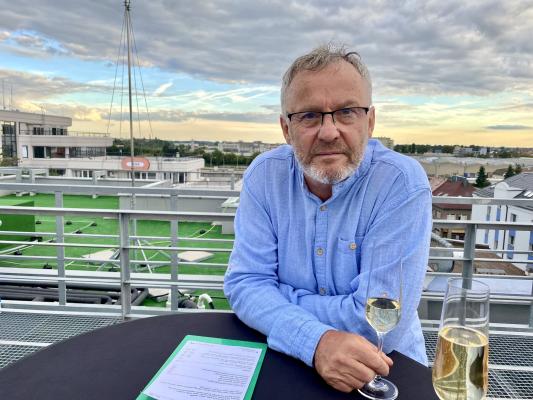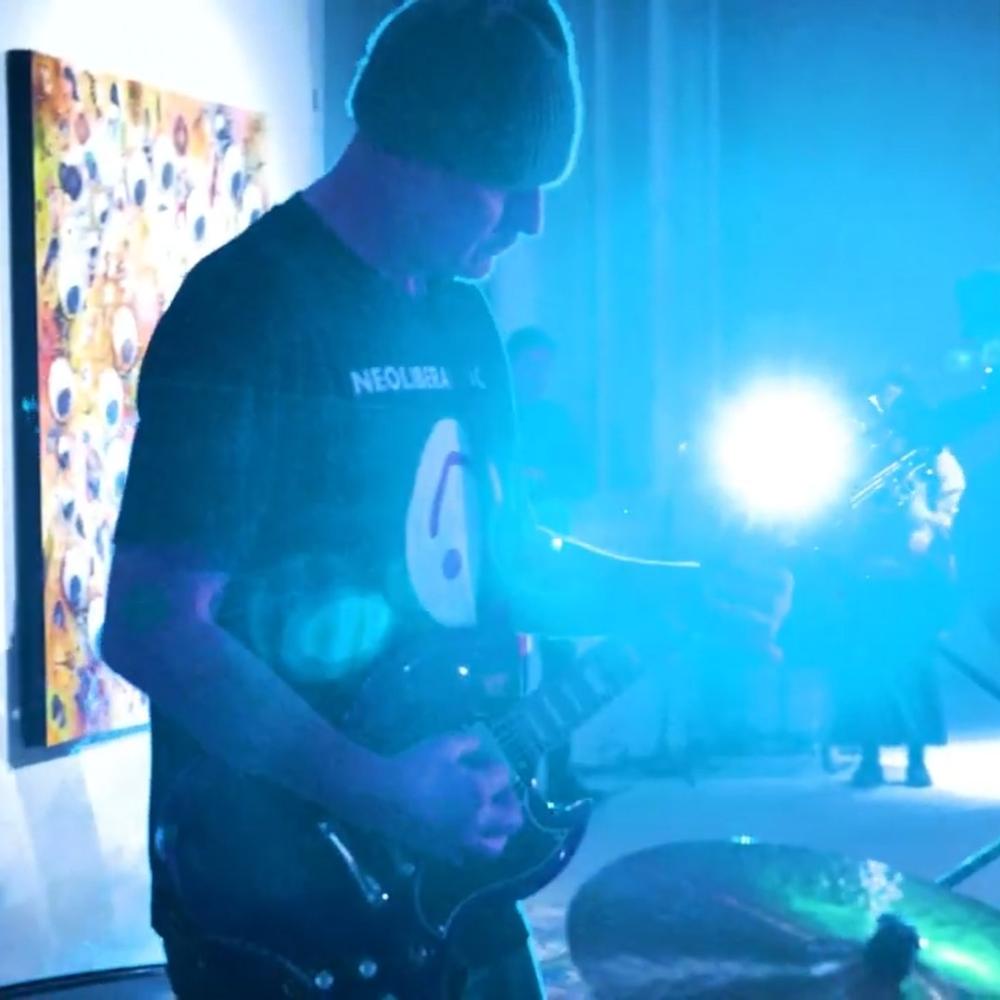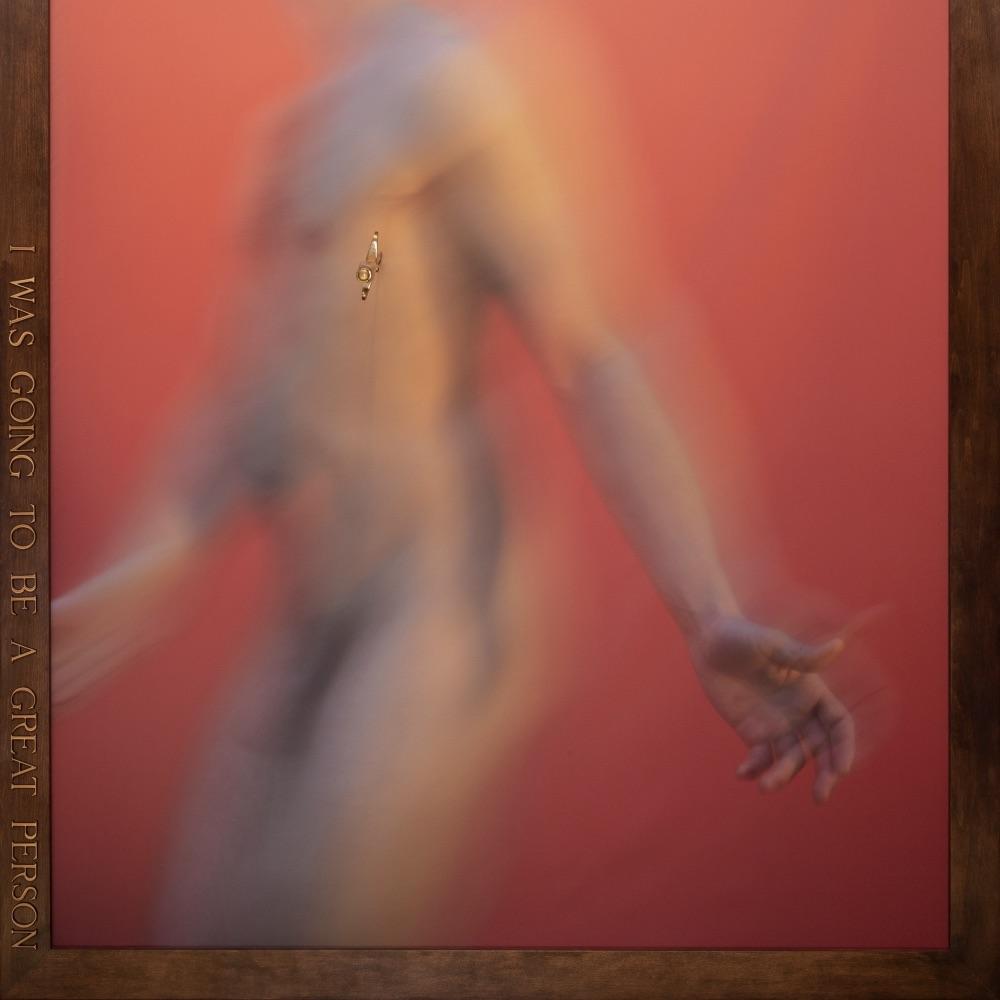
Zdenek Zukal is the founder of Olomouc Television ZZIP, which has produced several reports on exhibitions for Telegraph Gallery. We asked him about his path to journalism and his relationship with art. Find out more on Tuesday, October 18 at TTalk from 7pm. This is a debate series that invites interesting personalities from the world of business, culture and public life to the Telegraph in partnership with the District Chamber of Commerce.
When did you realise you wanted to be a journalist?
I have to start broadly because I never wanted to be a journalist. I did high school film school, and then I went to college. I started working at Palacký University as a research assistant, as it was called then, and I also started making educational films. After my studies, I stayed at the university and continued to make educational films and participated, for example, in the Academia film Olomouc project.
What was your working life like after the revolution?
After the revolution, I became the director of the audiovisual center at the university. At that time we were making what you could call news reports. I wanted to create a regional television studio at the university because we had contacts with the whole world at that time. And by sending information out, they sent us money back and we could buy equipment, technology and other conveniences. At that time the Armoury building was being built and my idea was that the studio could be located there. I had foolish idealistic views, I thought anything was possible, for example, that a regional television studio would be created and merged with what the university had to offer. For example, education, foreign lecturers or distance learning. I also wanted to link this idea with the city as a business and with the archbishopric, which gave it a kind of third spiritual dimension. I wanted to merge these three entities and make regional television. I got the equipment and everything I needed, but unfortunately the university was not receptive to this idea. I wanted the whole project to be somehow not only for the university but also for the general public, which did not meet with a response at that time. I got angry and said to myself that if the university couldn't do it, I would try it myself, as a nerd. So I borrowed almost 10 million with my bare ass and built a TV studio. At first, I made music videos and made a lot of money pretty quickly. So my idea was to start paying it back quickly, but it was all short and limited time stuff. And then the Prague people found out that someone was doing it too cheaply in Olomouc, so they hired me. That's when Nova started doing news, which I thought was interesting, that it would be done maybe a little differently than Czech Television. And so I started doing not only journalism, but also TV reporting. That's how I got into it then.
Do you have any criteria that you use to decide what to shoot?
Clearly. Of course, before, when we were shooting for Nova and Prima TV, there were criteria. What they wanted, we filmed. Now I can influence it myself. The first criterion is to make positive news. People are fed so much negative news, unfortunately, even from public television, so we try to do the opposite. I've always believed that this region has the potential to influence or inform people. There is a university here, the town has its history and it is full of smart and interesting people. I've longed for a regional TV studio here that would cover everything from politics to sports. We're trying to somehow monitor what people might be interested in and show them through TV coverage.
What were you filming during the COVID-19 pandemic?
We told ourselves we were going to give people what they really needed. We tried to show what was impossible to visit in person at the time, so we went to galleries, theatres, etc. To show them what the people who were helping were actually doing, like the young people who were delivering food. We tried to find something positive in all the "shit". We weren't trying to show how many people were sick or dead. But of course, when a vaccination center opened, we showed it so that the audience would be informed. We tried to chart the situation, but we didn't feed it to what was on national television.
What did the pandemic era change for you?
I've just realised how everything is moving away from traditional TV to social media. That what I saw on TV in the evening, I already had on the networks during the day. So that's why we're also focusing on the networks now and putting the emphasis of our operation there. We do multiple forms, we do one report that we try to get to the viewer in different ways. Like we go to shoot, we'll take pictures and a short video as a teaser of what we're working on. Something else is done for satellite, something is done for cable and something is done for the internet. Each network has its own specifics. And we try to make it all meet.
Do you have a permanent team that you work with?
I've been doing this work for thirty years and we have one technician that we work with all the time. I have two crews for Olomouc and Prostejov, an editor and a cameraman, plus one person who works from home and comes once a week to complete everything. Then there's production, and then there's me, as the go-to girl for everything. Unlike the big TV stations where the editor is narrowly focused on one subject, a regional editor in regional TV has to cover the whole spectrum. They have to know everything from sports to culture.
What is your relationship with art?
I have studied art in some way. I've been trying to hang around film since I was 15. Film is an art that accommodates almost everything. It takes in theatre, visual arts, music. I love music very much, especially modern music. I like all nice things and good things. There's nothing I don't like from art.
You've done a few stories in the Telegraph. Which exhibition interested you most and why?
I was absolutely most interested in the current exhibition Signal III. First of all, it is unique in what it shows, but more importantly it is unique in how it shows it. Thero's exhibit is just great. The show transcends region in my opinion and could easily be in Paris or New York somewhere and no one would have to be ashamed of it. The Telegraph Gallery space takes on a whole different charge. You come into the gallery and see the paintings mostly sort of shuffled around and divided into periods. Whereas this exhibition is varied. You'll find what I call a cultural DPH. It's not just about the painting itself, but it's given something extra. When the works are placed in a setting that gives them something extra, it's interesting and I like it very much.
But which one did you like the least?
I don't recall. I find out about a show in advance and know if it's going to be a topic that interests me or not. I really go for what I'm drawn to, so I rarely visit an exhibition I don't like. But of course sometimes it happens that we do a show that's not my cup of tea. During covid, we happened to be short on shows and culture. So we filmed mainly to help that. It's not that I'm really into it.







